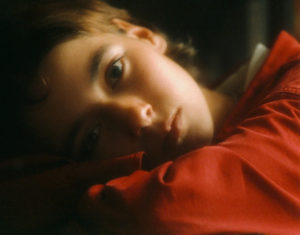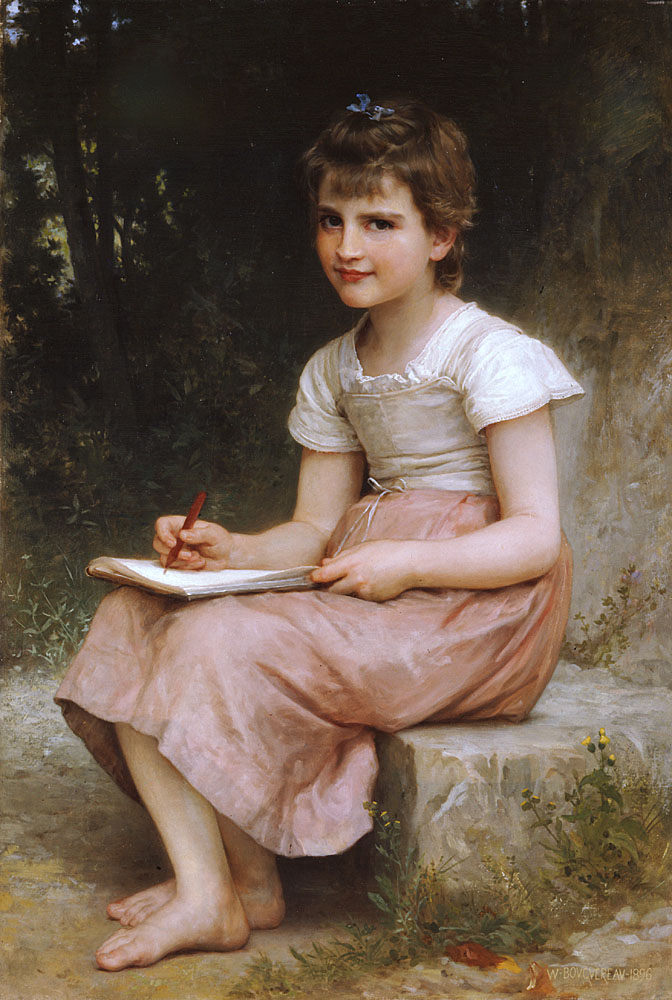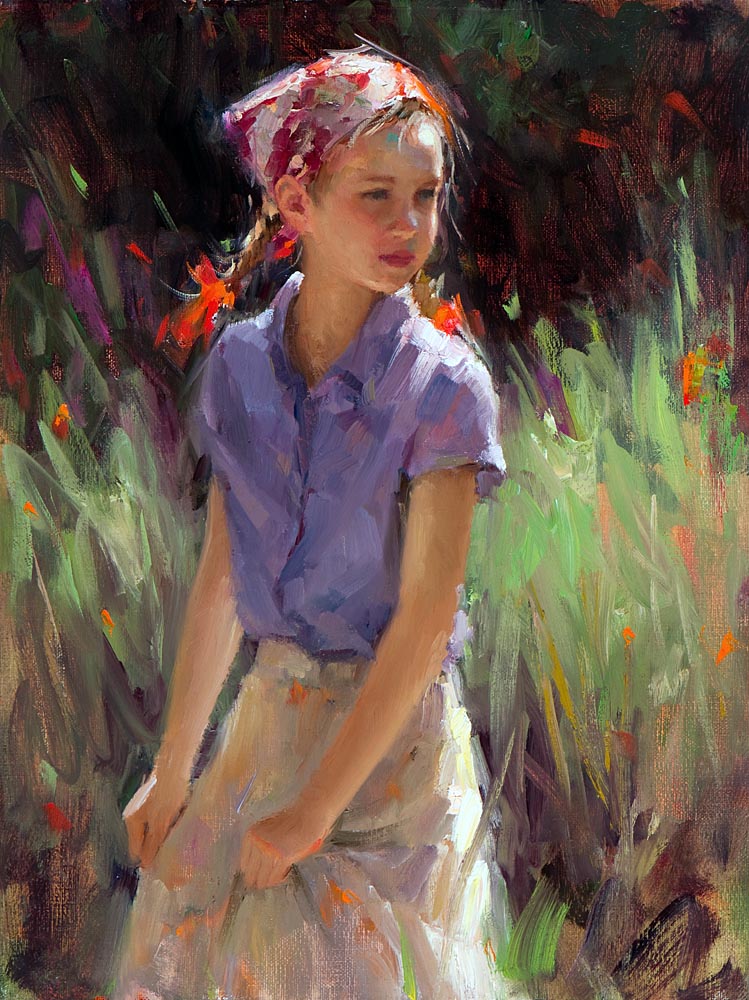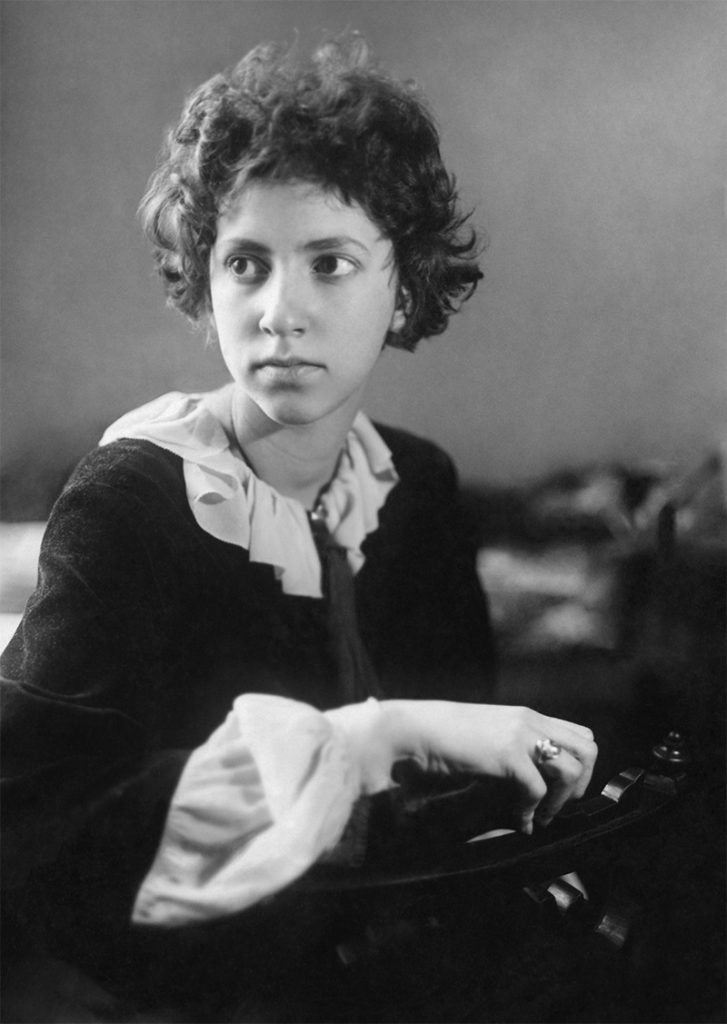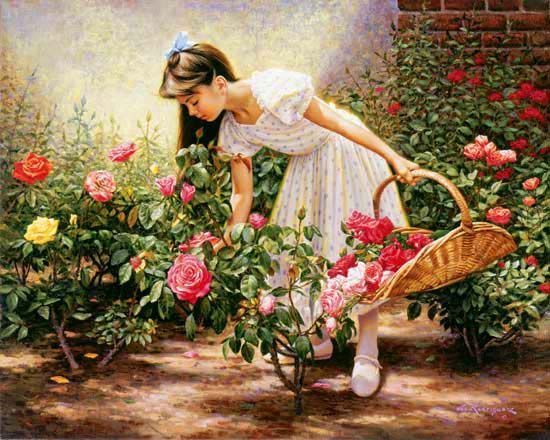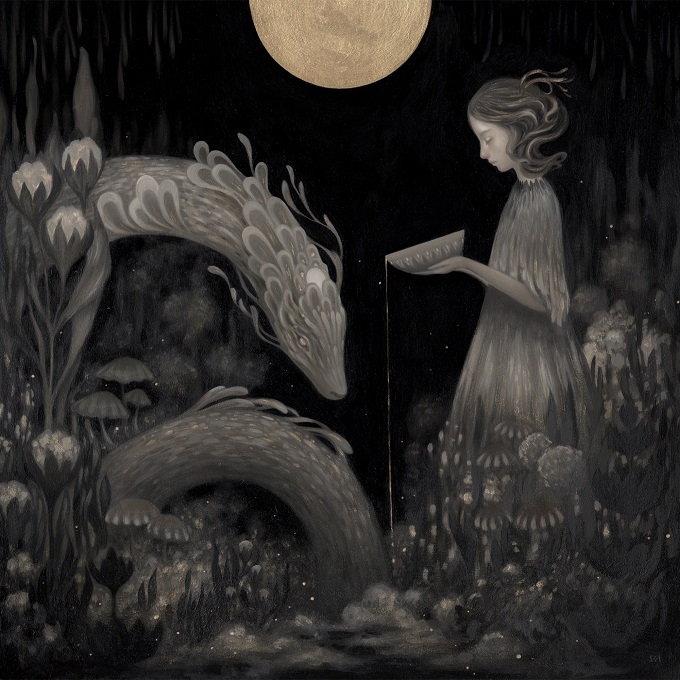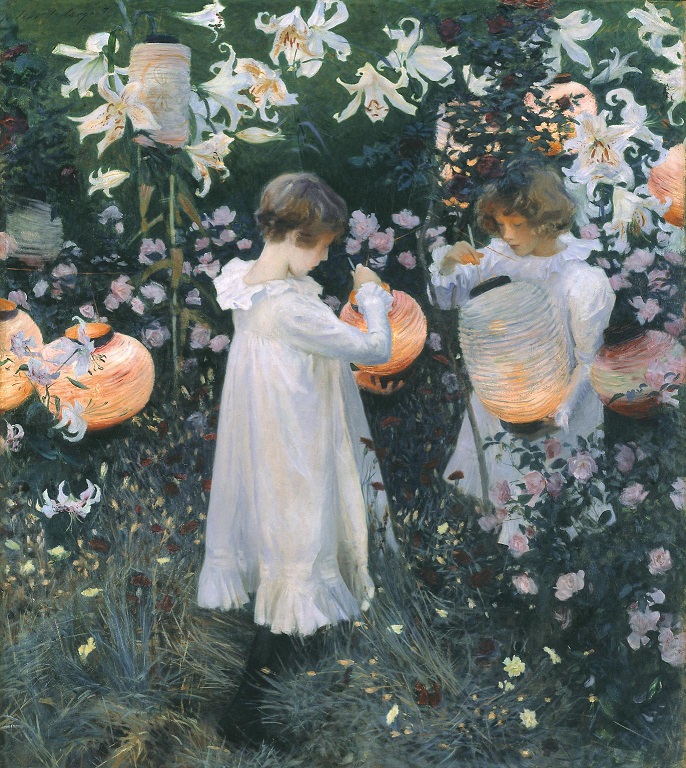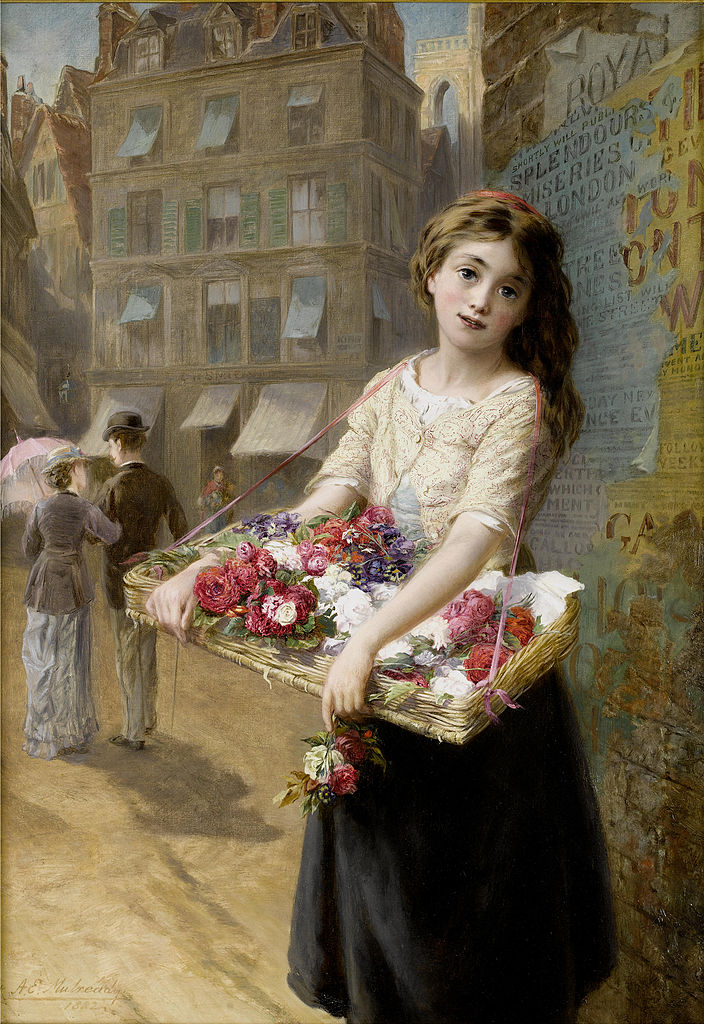
The fourth part of Lava Lane, and Other Poems (1925), titled Saints and Reformers, contains six poems. Three of them explicitly mock religion. “Sunday Morning” tells of God’s activities at that moment, such as “Counting the Yiddish babies” or “Waving the popcorn scepter,” and finally “God, on a Sunday morning, / Reaching the dotage stage.” In “The Making of a Saint,” a woman dies in a garret, so “The lords of the rafters were sorry— / The spider, the moth, and the mouse,” and they manage to obtain some advantages for themselves and their garret by making her a saint. In “The Edict,” an editor advises a saint on how to write his story, so that it will be widely read. CONTINUE READING / CONTINUER LA LECTURE…
